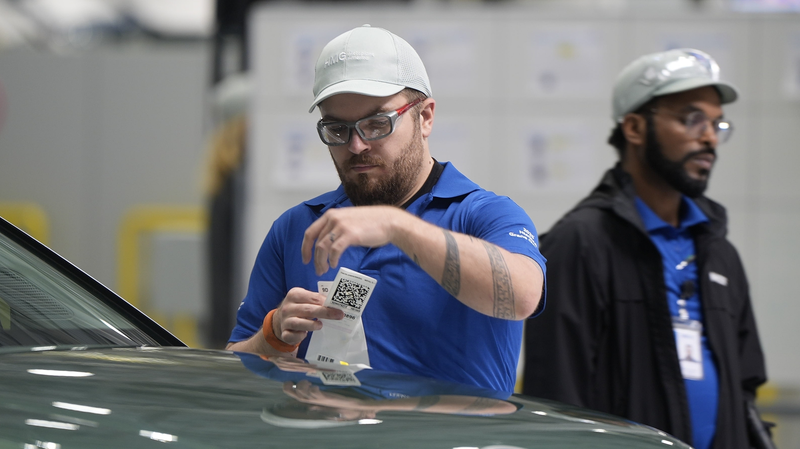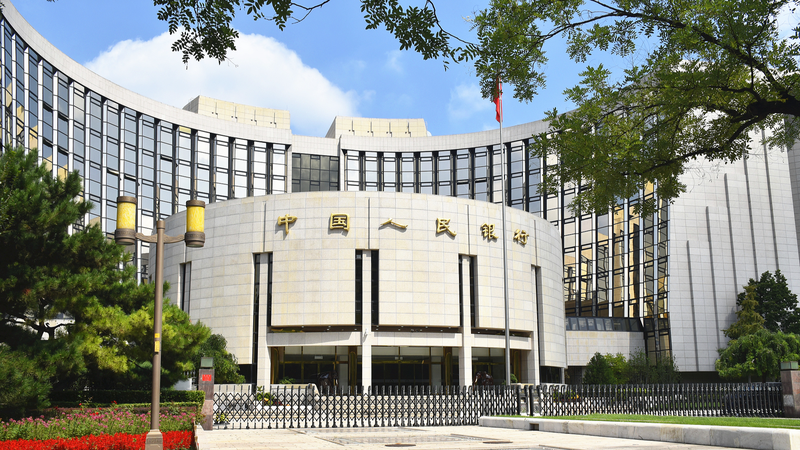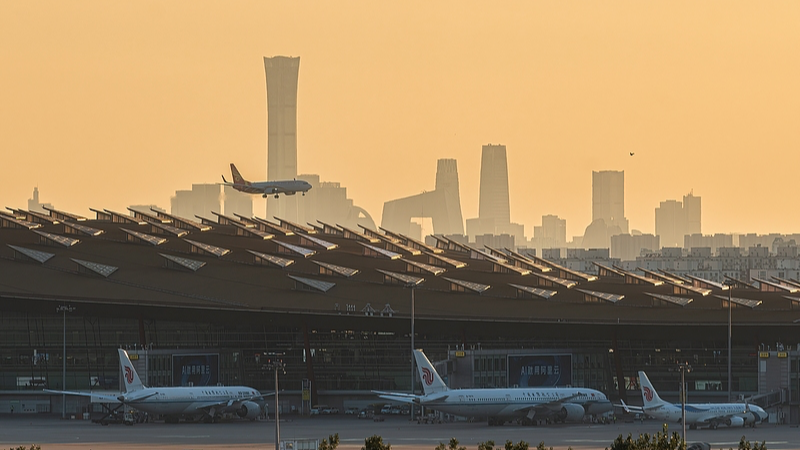In a surprising escalation, the US Commerce Department cut export licenses for key aviation technologies to the Chinese mainland's state-owned Commercial Aircraft Corporation of China, Ltd. (COMAC). This move immediately sidelines the LEAP-1C engine — a high-performance turbofan co-developed by CFM International (a GE and Safran joint venture) — essential to powering the C919 airliner.
While the policy aims to slow the Chinese mainland's rise in the skies, experts warn of a potential blowback to US aerospace leaders. General Electric, Honeywell, and other suppliers could see revenue losses in the hundreds of millions, while thousands of US-based workers face disruptions.
Data point: GE's aviation division recorded $2.5 billion in sales to global aircraft builders last year, with roughly 15% tied to COMAC projects. A sudden halt in deliveries risks delaying supplier orders across 40 states, from parts machining in Ohio to avionics in California.
Industry insiders argue that severing these tech partnerships undermines long-term competitiveness. "Global aerospace relies on intricate, cross-border supply chains," says a Washington-based trade analyst. "Export curbs may not just slow our counterparts abroad — they could slow us down too."
Meanwhile, COMAC is adapting. Local engine-makers in the Chinese mainland are accelerating development of homegrown alternatives, backed by government investment. The result? A potential shift in market dynamics that could lock US suppliers out of future growth.
As US policymakers weigh national security against economic vitality, the aerospace sector stands at a crossroads. The challenge: crafting export rules that protect sensitive technologies without grounding US industry innovation.
Reference(s):
cgtn.com




